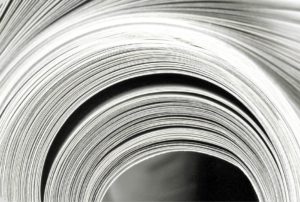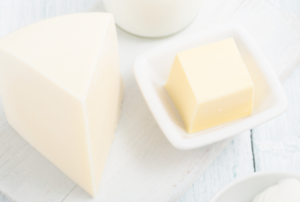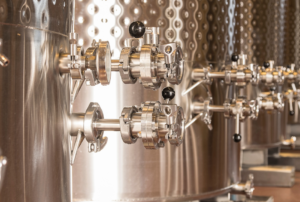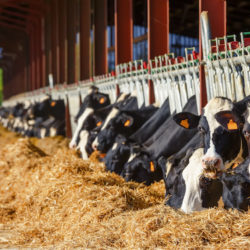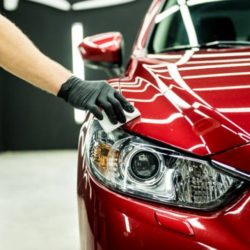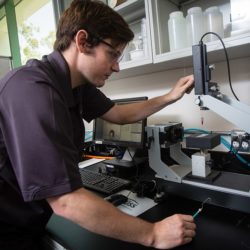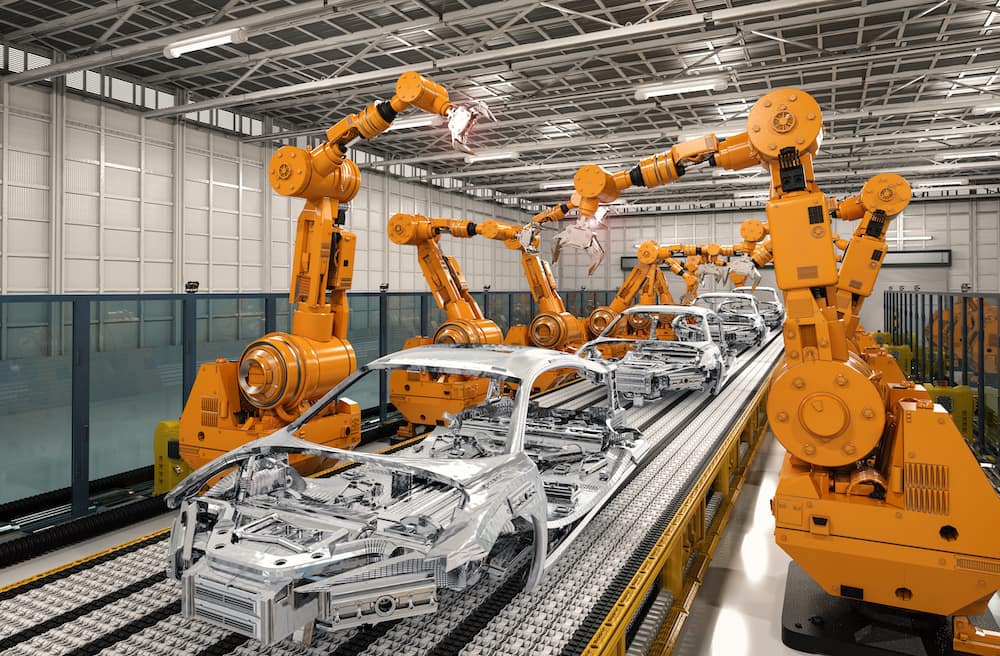
Optimizing Electrocoating (E-Coating) Efficiencies
Open any news website or watch any news broadcast and you would be hard-pressed not to find discussions regarding sustainability across most industries. Electrocoating (E-Coat) owners and operators are no different. They continue to seek ways to optimize their operations to reduce their environmental footprint and operating costs while continuing to meet increasingly challenging final product quality requirements.
The E-Coat process uses an electrical current to adhere electrically charged paint particles suspended in an aqueous solution to specially treated, charged metal surfaces. This process is widely used in the production of automobile and machinery parts. Once coated, the part goes through a series of rinse steps to remove any residual paint particles and produces a high-quality finished surface.
Ultrafiltration (UF) has traditionally been used to recover valuable, unused paint particles and produce purified water that can be recycled back into the system. However, the final step in the rinse process requires more highly purified water and traditionally requires a separate freshwater source.
The utilization of membrane filtration allows the E-Coat operator to recover up to 99% of the paint solids, which significantly improves the economics of the overall process and recycles the water back into the process.
“The final rinse step, however, is the most challenging as it requires very high purity water in order to ensure application efficiency, as well as eliminate the potential for defects in downstream curing and paint operations,” says Ben Weaver, Sr. Sales Engineer at Solecta. “Typically, fresh, deionized or reverse osmosis (DI/RO) water is used for this step and due to operational challenges, namely concentration differences, it cannot be recycled into the previous rinse tanks so is sent directly to a wastewater treatment step.”
Increasingly, clients have been seeking ways to reduce the reliance on expensive DI/RO water and improve the process’s overall environmental footprint. “We’ve heard this clearly from our clients for some time and have developed a Final Rinse (FR) separation solution which specifically targets the final rinse step of the process,” says Weaver. “It allows our clients to meet the final rinse stage purity requirements while also allowing used final rinse water to be recycled back into the system. This process expands the closed loop system to include the final rinse stage, reducing the need for a fresh, deionization water supply and reducing the wastewater treatment .”
One Solecta client eliminated 9MM gallons of deionized water demand, while not compromising finished paint quality. The combined impact of water savings, reduction in wastewater treatment and the ability to recycle rinse water throughout the entire process had a combined benefit of savings >$275,000.
Another area for potential process optimization comes from the time and effort to replace ultrafiltration modules at end-of-life. “Traditional ultrafiltration elements require time and effort to replace,” says Weaver. “It can be an awkward job given the tight space around the E-Coat systems.”
Recognizing this operational challenge, Solecta developed an “all-in-one” Unidesign module, which combines the UF element and housing into one piece allowing for quicker and easier changeouts of elements. “This approach has saved precious time for our operators,” says a high production E-Coater based in Indiana. “Now, what could take over one hour per element can be reduced to 10 to 15 minutes using Solecta’s Unidesign module.” The module offers E-coaters easy loading, increased flow, and energy reduction. This simplification allows for resources to be dedicated to other areas of the plant and less time replacing elements.
Through an in-depth understanding of the E-Coat process and the unique challenges its clients face, Solecta has been able to help its clients optimize their processes for both economic and environmental benefit.
For more information about Solecta’s E-Coat products, please visit our E-Coat page.
Related Resources in the Knowledge Hub
Let’s Keep in Touch
Follow Solecta on LinkedIn and join our mailing list to keep up with our latest news.
Explore the Possibilities
Our team of application engineers and domain experts understands your industry’s unique challenges. (They’re also eager to solve them.)

